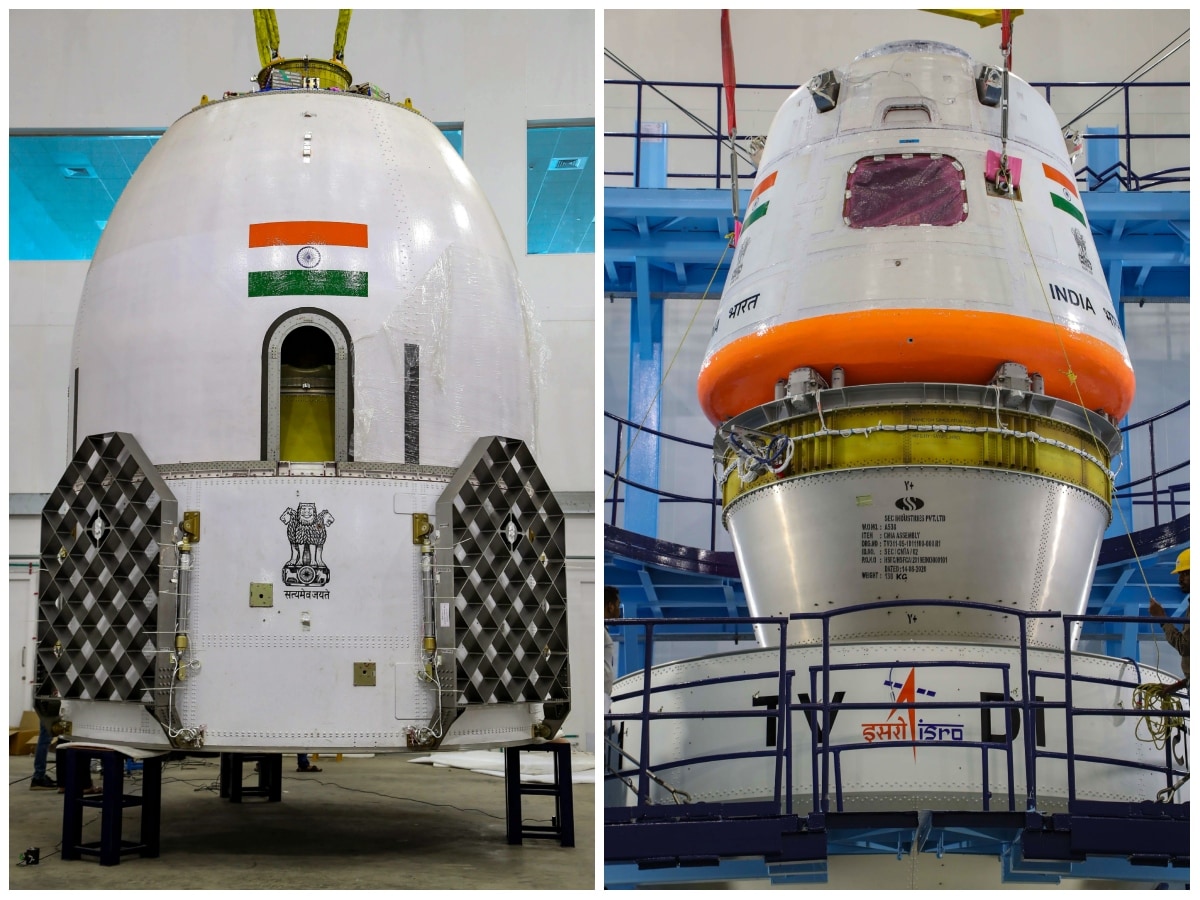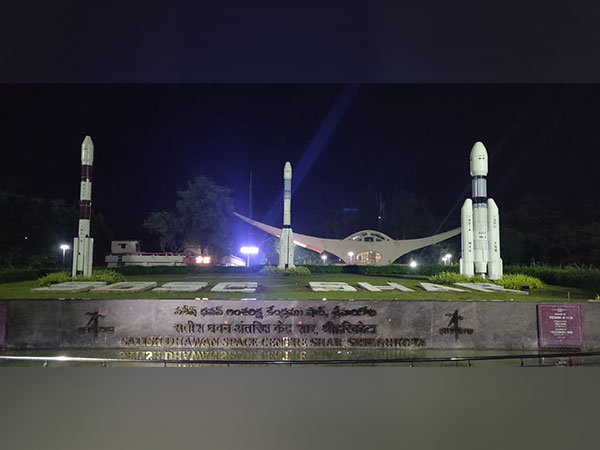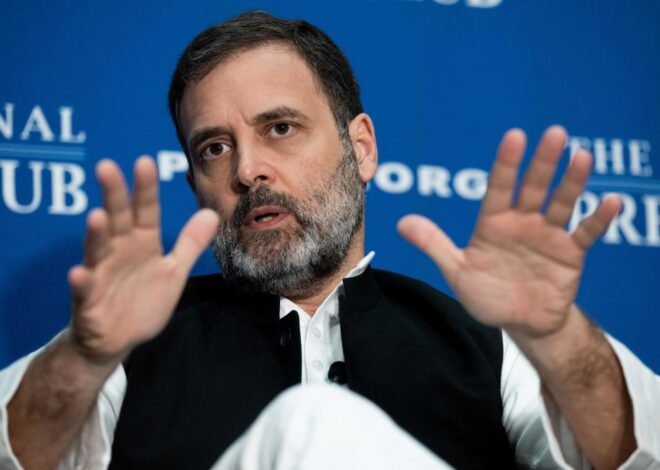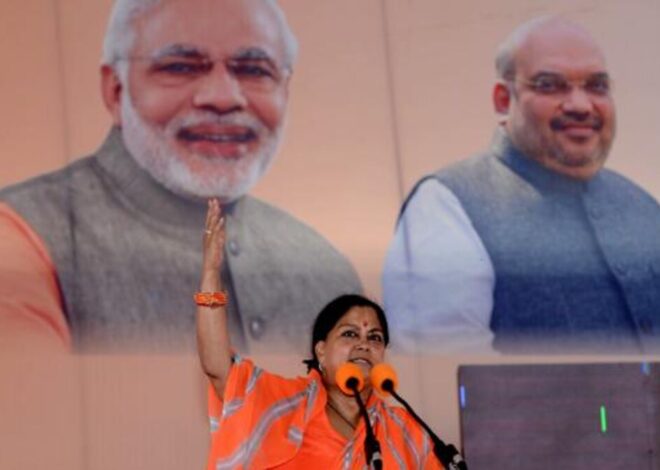
Gaganyaan mission ISRO Schedule Launch of Test Vehicle Today Trending news
On October 21, 2023, the Indian Space Research Organisation (ISRO) achieved a significant milestone in its space exploration journey by successfully launching the test flight of its Gaganyaan Mission’s TV-D1. This remarkable achievement, led by the mission’s chief, S Somnath, demonstrated the functionality of the crew escape system, a pivotal component of India’s ambitious Gaganyaan program. The successful completion of the TV-D1 mission paves the way for India’s aspirations to send humans into space, further solidifying its position in the global space community.

Read more.. So When is the Next Federal Australia Election?
Read more.. Russia’s 2024 Presidential Election: the Future Political Landscape
The Gaganyaan Mission’s TV-D1 Test Flight
The Gaganyaan Mission’s TV-D1 test flight aimed to evaluate and demonstrate the efficiency of the crew escape system, a critical component of any human spaceflight program. The mission involved launching a test vehicle to specific altitudes and velocities to simulate real-world conditions. The ultimate goal was to ensure the safety of future astronauts participating in the Gaganyaan program by testing the crew escape system’s functionality.

Read more.. Innovative Business Idea Concepts That Will Redefine Industries
Read more.. How to Take Baby Names Related to Navratri on 2023
The Successful Accomplishment
S Somnath, the chief of the Gaganyaan program, proudly announced the successful accomplishment of the TV-D1 mission. During the test flight, the crew escape system performed exactly as intended, validating its reliability. When the test vehicle reached a Mach number slightly above the speed of sound, it initiated an abort condition, simulating an emergency situation. The crew escape system responded promptly and effectively, separating the crew module from the vehicle.
Subsequent Operations
Following the successful initiation of the crew escape system, the test vehicle continued with its mission. The crew module gently touched down in the sea, showcasing the system’s effectiveness in ensuring the safety of the astronauts. This part of the operation was meticulously executed, underscoring ISRO’s commitment to precision and safety.
Challenges and Rescheduling
The path to this historic moment was not without its challenges. However, the first launch attempt encountered obstacles, leading to a postponement of the event to a later time in the day. The precise reason for this timing change remained undisclosed initially, although there were suspicions that unfavorable weather conditions, including rain and cloudy skies, could have been contributing factors.
Somnath’s Statement
Following the initial launch attempt, S Somnath promptly addressed the situation, recognizing the unexpected anomaly and underlining the imperative for a comprehensive analysis. In the inaugural launch, the planned engine ignition of the TV-D1 rocket failed to materialize, necessitating a mission abort. ISRO’s unwavering dedication to safety and precision was exemplified through their identification and resolution of the encountered issues.
The Successful Second Launch
ISRO’s dedication to its mission paid off when the TV-D1 test vehicle had its second launch attempt at 10 am on October 21, 2023. The improvements and corrections made by the ISRO team were evident as the mission proceeded smoothly. The crew escape system functioned flawlessly, and the test vehicle completed its mission successfully, demonstrating India’s growing prowess in the field of space exploration.
FAQ
What is the significance of ISRO’s successful TV-D1 mission?
The successful TV-D1 mission demonstrated the effectiveness of the crew escape system, a vital component of the Gaganyaan program. This achievement signifies India’s readiness for human spaceflight and its growing prominence in the global space community.
What challenges did ISRO face during the TV-D1 mission?
ISRO encountered challenges during the initial launch attempt, leading to the rescheduling of the mission. Anomalies in the engine ignition process were identified and addressed, ultimately leading to the successful second launch.



